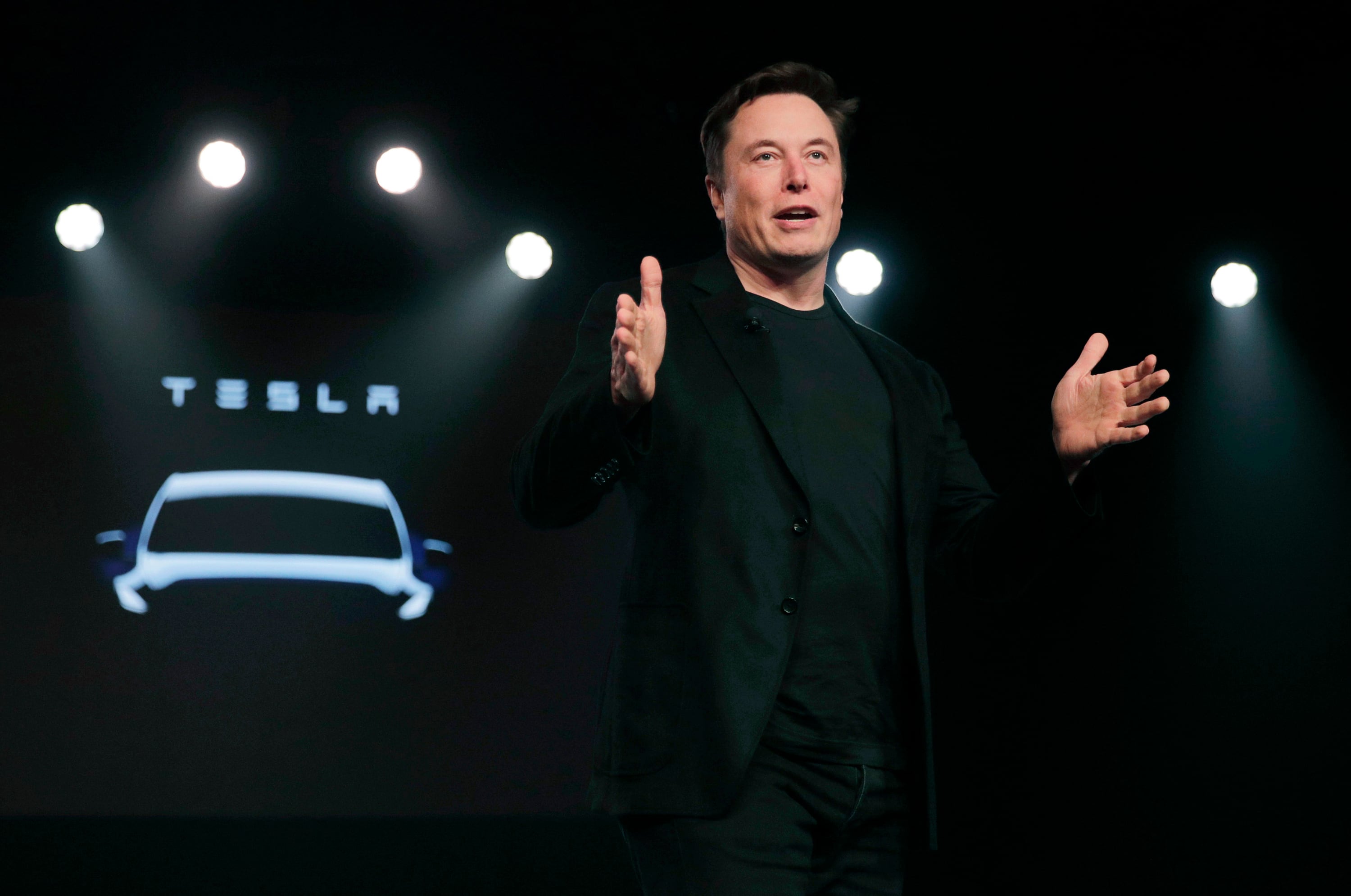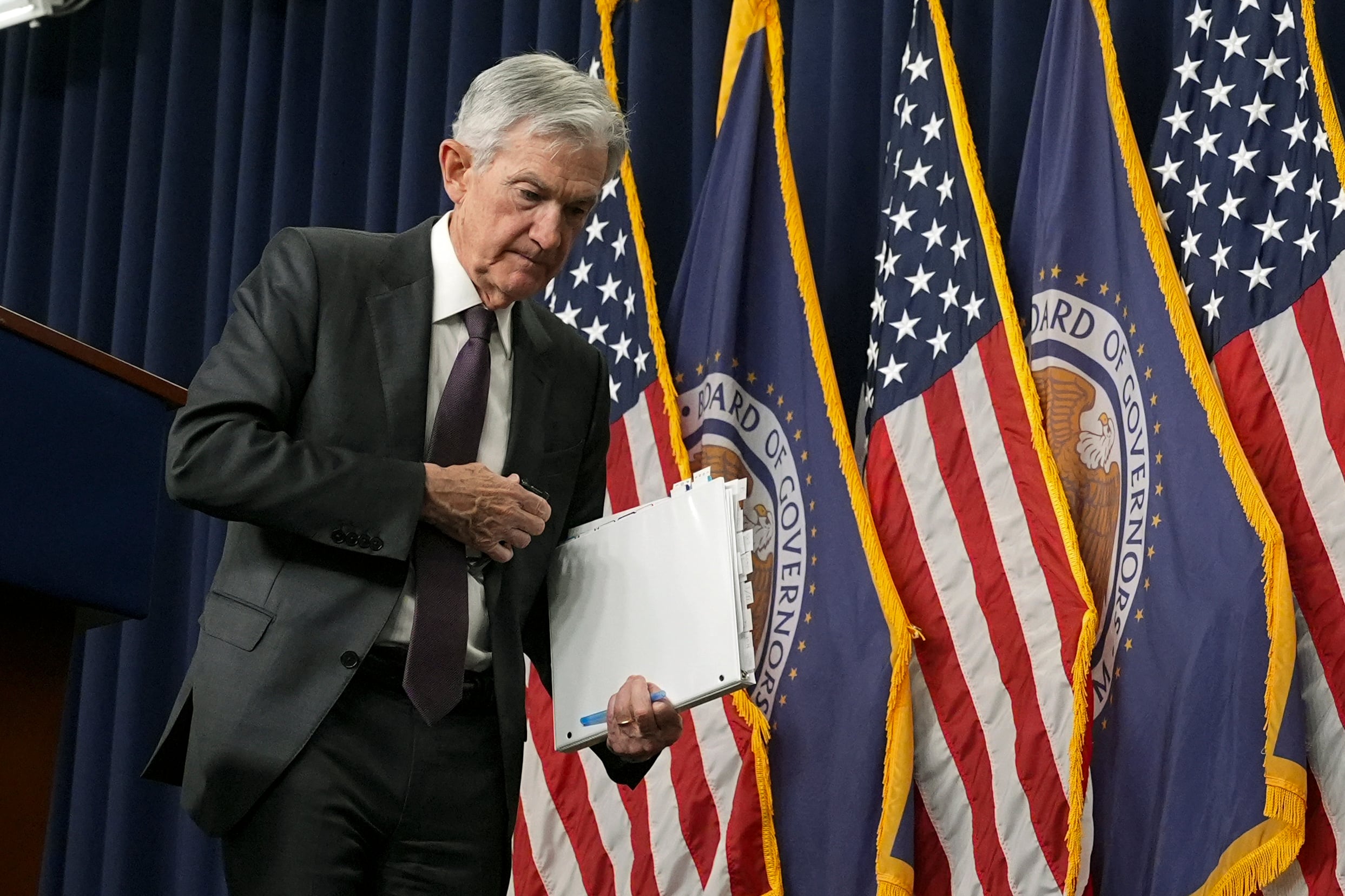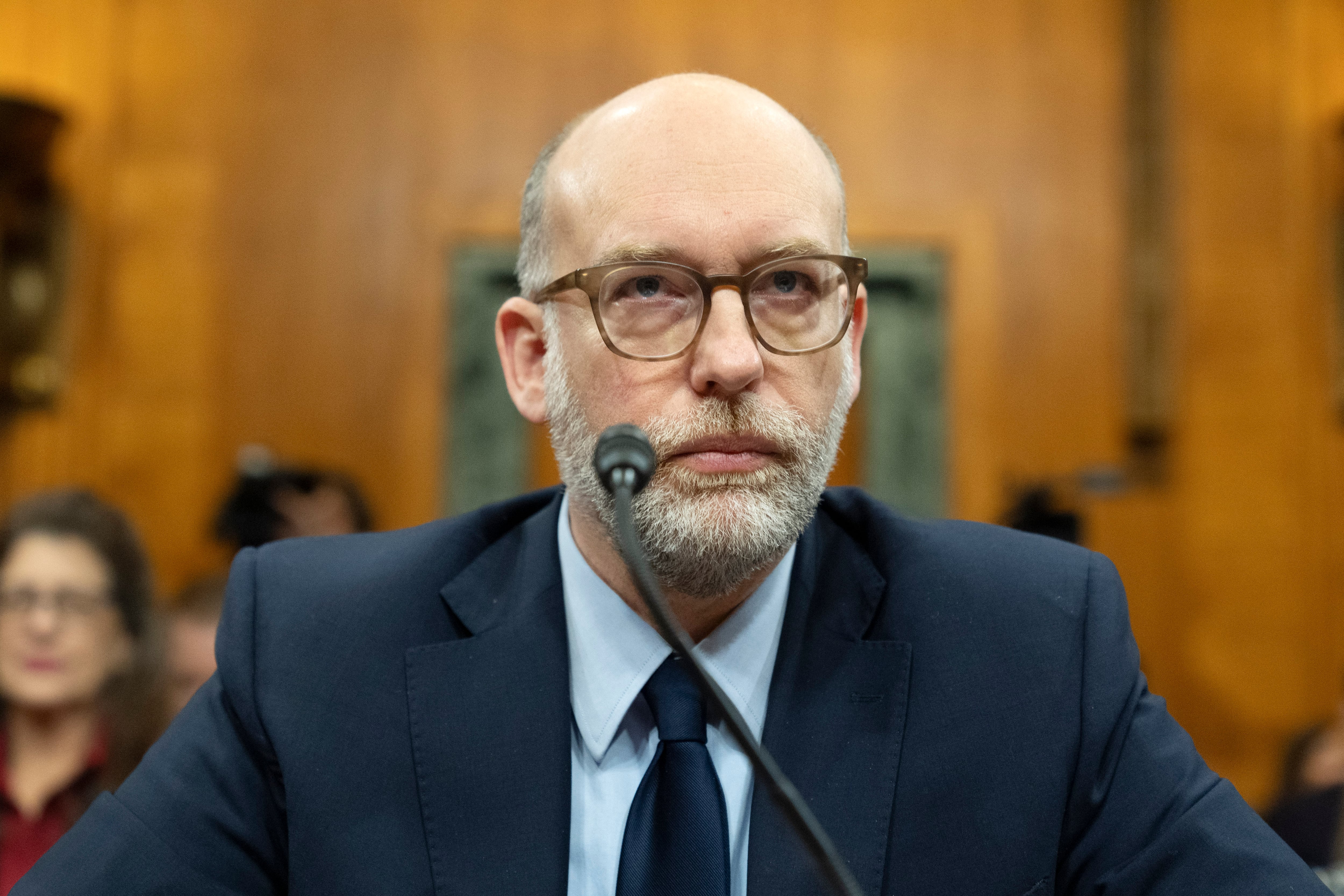The wind industry is looking out to sea.
After explosive growth that propelled the wind energy sector from the market's fringes to the cusp of becoming the biggest provider of clean energy in the U.S. in just a couple of decades, the sector is now laying the groundwork for what it hopes will be a second boom market: offshore.
"I'll stop short of saying that onshore is fully mature — there's still localized opportunities onshore — but offshore we see as a huge growth area, and that's a pretty consistent view across the industry," says RJ Arsenault, managing director of the clean energy practice at FTI Consulting.
Wind energy development on land is still one of the fastest growth areas in America's electric markets, but it faces new headwinds as wind farms have filled the easiest and most lucrative wind corridors. Offshore wind, by contrast, remains a virtually untapped market – one estimated to be worth close to $70 billion, with the promise of supplying such lucrative East Coast markets as New York City, Boston, Baltimore, and Philadelphia.
Projects totaling as many as 26,000 megawatts have been proposed from Massachusetts to South Carolina and in the Great Lakes. (A single average offshore turbine, at 10 megawatts, can supply roughly 4,000 homes with power for a year.) A leased tract off the coast of New Jersey, worth just $1 million in 2015, fetched $215 million in December — a 21,000 percent appreciation in less than four years. Three plots of Massachusetts last fall sold for $405 million.
And while the sector's main trade group said it would not seek to renew a crucial production tax credit for onshore wind projects that's expiring this year, it is lobbying for other incentives to achieve what it calls "policy parity" with other renewable resources like solar, including a tax credit for offshore projects that's also set to fade out at the end of 2019.
"What's exciting about offshore is the [equipment] costs have come down dramatically, you're seeing a lot more progress in the lease areas," says Aaron Severn, senior director of federal affairs for the American Wind Energy Association, referring to the watery plots that companies lease for offshore energy development. "We have the first offshore wind project off the coast of Rhode Island, so there's been a lot of movement in that sector."
Offshore wind remains a nascent sector in the U.S. While developers in Europe in recent years have installed more than 4,500 offshore turbines capable of generating nearly 20,000 megawatts of electricity, the U.S. only saw its first offshore commercial wind farm go online as recently as 2016 – bringing the grand total of American offshore wind capacity to a scant 30 megawatts.
High upfront costs and technical demands, combined with layers of federal regulation unique to offshore development, long discouraged wind developers from investing offshore in the U.S. Meanwhile land in some of the most reliable wind corridors, in the American Midwest, was cheap and plentiful, and cash-strapped farmers were often eager for extra revenue generated by leasing land for wind turbines. Hence wind companies in the past 15-20 years largely focused their efforts on land, turning places as politically and geographically different as Texas, California, Iowa, and Illinois into the biggest clean energy hubs in the country.
Wind energy in the U.S. has come a long way from barely 2,500 megawatts at the start of the century, boasting 40,000 megawatts a decade ago and now nearly 100,000 megawatts of on-shore wind capacity – a figure that refers to the amount of electricity that turbines could generate if the wind was blowing around-the-clock.
Roughly speaking, there are enough wind turbines on shore to supply 32 million homes with electricity for a year. Wind is on track to supply close to 9 percent of the country's electricity by the end of this year, ahead of hydropower and far beyond solar as the biggest source of zero-emissions electricity in the U.S. (Renewables, combined, produced more electricity than coal-fired power plants for the first time this spring, and they're set to surge past nuclear by next year.)
But while wind remains neck-and-neck with natural gas and solar as the fastest growing source of electricity in the U.S., its breakneck expansion is nonetheless starting to slow, analysts say. Even as the sector finds new markets in places such as Arkansas and Missouri – conservative-leaning states traditionally skeptical of renewable energy – only certain swaths of the country along the Midwest, Great Plains, and West Coast offer the most reliable and lucrative wind corridors. And within those sections, wind farms, typically built on vast swaths of rural land, are starting to encroach on small towns and suburbs, stoking local opposition.
At the same time, some 4,000 miles across the Atlantic, investments in offshore wind in Europe have caused equipment costs to drop and technical know-how to soar. Wind turbines that once had to be built within a few miles of shore — potentially interrupting bucolic beach views – can now be built beyond the horizon. Hence, wind developers, many based in Europe, are now preparing to build wind farms along the gradually sloping seabed off of U.S. shores spanning from Martha's Vineyard to Charleston.
"Wind's future is offshore. That's a whole different ballgame that's happening mostly in the East Atlantic Seaboard," says Hannes Grassegger, a partner in the Energy and Natural Resources Practice at Bain & Company. "The real game out there is offshore, so where you see a lot of the R&D efforts, they're orienting their efforts there: bigger turbines, bigger farms, more bang for the buck."
There remain considerable challenges, and the next new wind projects likely won't be operational until at least the mid-2020s, Grassegger and other experts say. Building a wind farm in the open ocean can demand as many as seven years of planning and financing, plus up to another seven years of construction. And unlike building on land, developing energy resources offshore requires a sign-off from federal regulators — who, under the Trump administration, have expressed strong support for the coal, gas, and oil sectors and slowed approvals for offshore wind, even as they've green lighted oil and gas exploration in the Arctic Ocean and the Gulf of Mexico.
Experts, analysts, and industry-watchers, though, say that it's simply a matter of time until the sector overcomes such headwinds. Every state along the East Coast from Maine to South Carolina has set a goal or mandate for obtaining a portion of its electricity from renewables. And even if dense states in the Northeast had enough land — or land cheap enough — to build the sprawling wind farms needed to meet such clean-energy demands, the wind speeds are still faster and blow far more steadily at sea.
"To meet the renewable energy goals that these states have out there, you need big projects out there," says Gage Kellogg, director of the renewable engineering group at Partner Engineer and Science, an environmental consulting firm. "To have that vast area 30 miles off the coast where no one can see it and huge wind resources and turbines that dwarf the land ones — it's building infrastructure on a large scale."













